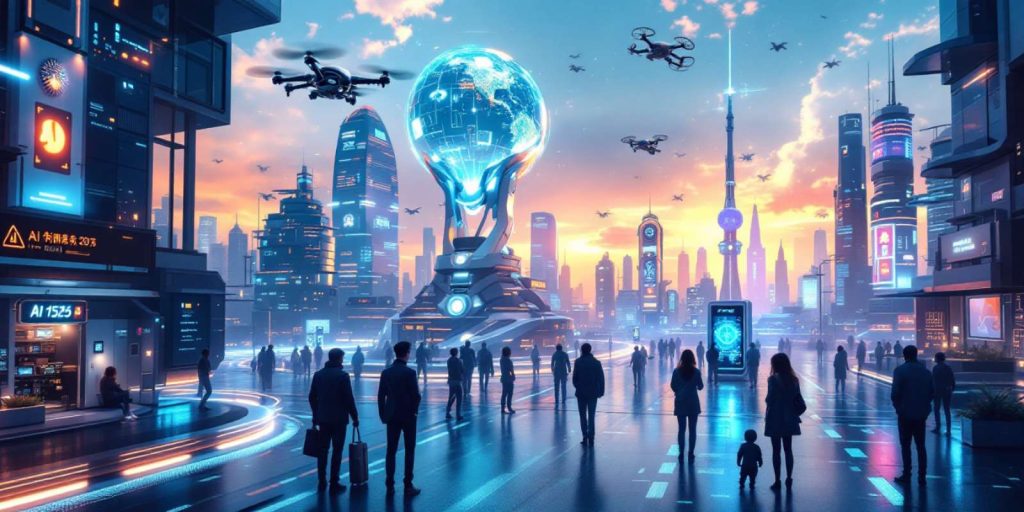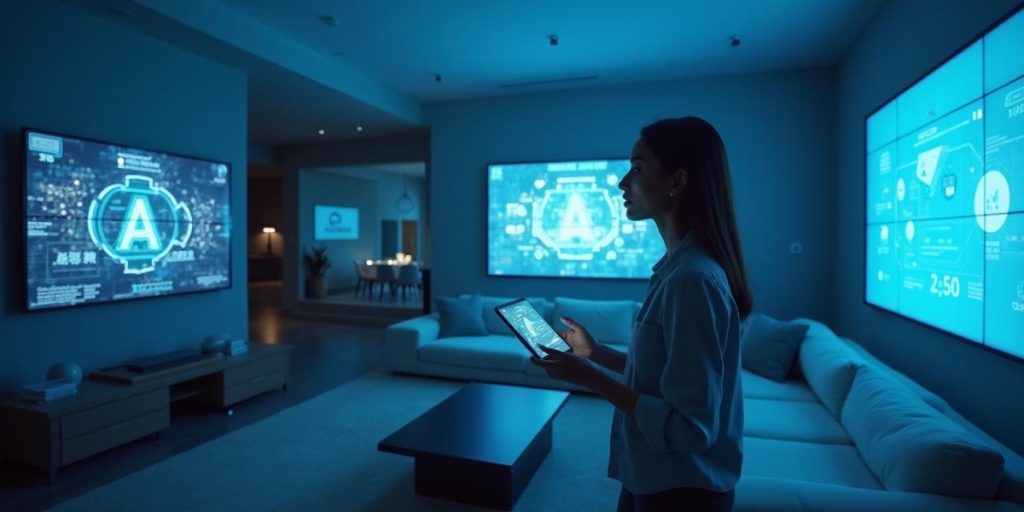In recent years, how virtual reality is shaping the future has become a pivotal topic across various sectors, from entertainment to education and healthcare. Virtual reality (VR) technology immerses users in a simulated environment, offering experiences that were once confined to the realm of imagination. As VR continues to evolve, its applications are expanding, making it an essential tool for innovation and engagement. This article delves into the transformative power of virtual reality and its potential to redefine our interactions with the world around us.
As you read further, you will discover how virtual reality is revolutionizing industries by enhancing training programs, improving patient care, and creating immersive learning environments. We will explore real-world examples of VR applications that are not only engaging but also effective in achieving desired outcomes. Additionally, we will discuss the challenges and opportunities that lie ahead as this technology continues to develop.
Join us on this journey to understand the profound impact of virtual reality on our future. Whether you are a tech enthusiast, a business leader, or simply curious about the advancements in VR, this article will provide valuable insights and inspire you to think about the possibilities that lie ahead. Don’t miss out on the chance to learn how virtual reality is not just a trend, but a transformative force shaping our lives.
Transforming Education and Training
Virtual reality (VR) is revolutionizing the educational landscape by providing immersive learning experiences that traditional methods cannot offer. With VR, students can explore historical sites, conduct complex scientific experiments, or even practice medical procedures in a safe and controlled environment. This hands-on approach enhances engagement and retention, making learning more effective.
Moreover, VR training programs are being adopted by various industries, including healthcare, aviation, and military. For instance, medical students can perform virtual surgeries, allowing them to gain practical experience without the risks associated with real-life procedures. This shift towards experiential learning is shaping the future of education and professional training.
Enhancing Social Interactions
As social media continues to evolve, virtual reality is emerging as a new frontier for social interactions. VR platforms allow users to create avatars and engage in virtual environments, fostering connections that transcend geographical boundaries. This immersive experience can lead to deeper relationships and a sense of presence that traditional online communication lacks.
Additionally, VR social spaces are being developed for various purposes, from casual meetups to professional networking events. These platforms not only enhance social interactions but also provide opportunities for collaboration and creativity, shaping the future of how we connect with others.
Revolutionizing Entertainment and Gaming
The entertainment industry is experiencing a significant transformation due to virtual reality. VR gaming, in particular, offers players an unparalleled level of immersion, allowing them to step into the game world and interact with it in ways that were previously unimaginable. This shift is attracting a new generation of gamers and changing the dynamics of game design.
Furthermore, VR is expanding beyond gaming into other entertainment sectors, such as virtual concerts, movies, and art exhibitions. These experiences provide audiences with unique ways to engage with content, shaping the future of entertainment and how we consume media.
Impact on Healthcare and Therapy
Virtual reality is making significant strides in the healthcare sector, particularly in therapy and rehabilitation. VR therapy is being used to treat various conditions, including PTSD, anxiety disorders, and phobias. By immersing patients in controlled virtual environments, therapists can help them confront and manage their fears in a safe space.
Additionally, VR is being utilized in physical rehabilitation programs, where patients can engage in interactive exercises that promote recovery. This innovative approach not only enhances patient motivation but also provides healthcare professionals with valuable data to track progress, shaping the future of healthcare delivery.
The Future of Work and Remote Collaboration
As remote work becomes increasingly prevalent, virtual reality is poised to transform how teams collaborate. VR tools enable virtual meetings and collaborative workspaces, allowing employees to interact as if they were in the same room. This technology can enhance communication and creativity, bridging the gap between remote team members.
Moreover, VR can facilitate training and onboarding processes for remote employees, providing them with immersive experiences that help them acclimate to their roles. As organizations continue to adapt to the changing work landscape, virtual reality will play a crucial role in shaping the future of work.
| Aspect | Description |
|---|---|
| Education | Virtual reality (VR) is transforming education by providing immersive learning experiences. Students can explore historical sites, conduct virtual science experiments, and engage in interactive simulations that enhance understanding and retention. |
| Healthcare | In healthcare, VR is used for training medical professionals, simulating surgeries, and providing therapeutic experiences for patients with PTSD or phobias. It allows for safe practice and exposure in a controlled environment. |
| Entertainment | The entertainment industry is leveraging VR to create more engaging experiences in gaming, movies, and virtual concerts. Users can immerse themselves in different worlds, enhancing the overall enjoyment and interaction. |
| Real Estate | VR is revolutionizing real estate by allowing potential buyers to take virtual tours of properties from anywhere in the world. This technology saves time and resources while providing a realistic view of the property. |
| Workplace Collaboration | With the rise of remote work, VR is facilitating virtual meetings and collaborative workspaces. Teams can interact in a shared virtual environment, improving communication and teamwork despite geographical barriers. |
| Social Interaction | VR is changing how people socialize by creating virtual spaces where users can meet, interact, and build relationships. This can help reduce feelings of isolation and foster community among users. |
| Training and Simulation | Various industries are using VR for training purposes, from military simulations to corporate training. This hands-on approach allows individuals to practice skills in a risk-free environment, leading to better preparedness. |


